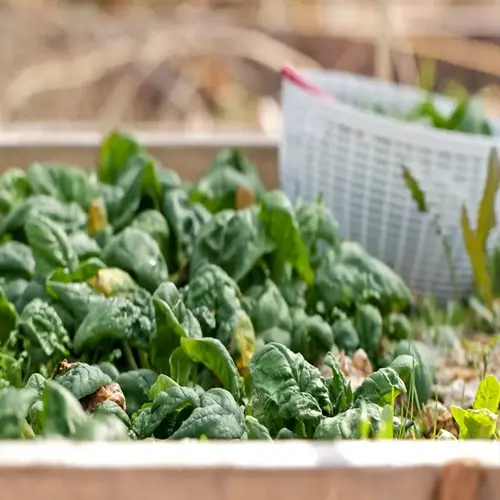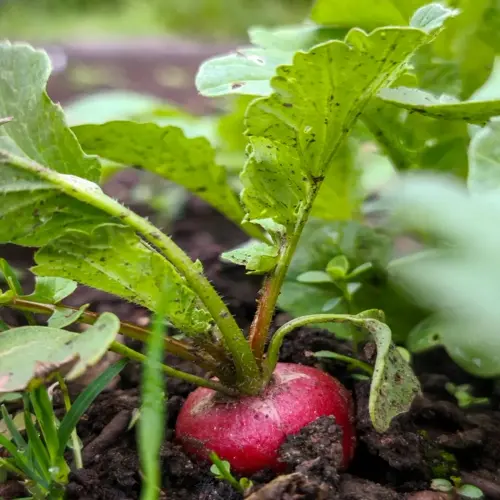Do peas and beans thrive when planted together?

Written by
Julia Anderson
Reviewed by
Prof. Charles Hartman, Ph.D.Peas and beans complement each other well in the garden, enhancing yields and improving soil health. Similar growing conditions enable these legumes to support each other's growth and development. Their relationship in the soil naturally enhances soil fertility. Knowing which plants work well together can help you maximize the efficiency of your garden space. For many years, I have successfully grown peas and beans together.
Both plants contain nitrogen-fixing bacteria in their root systems. These helpful microorganisms turn atmospheric nitrogen into plant-usable forms, which in this case benefits both crops and enhances the soil for both crops at the same time. The bacteria produce a natural fertilizer, which minimizes external nitrogen inputs. My soil tests show higher nitrogen levels in mixes. Running Head: NITROGEN-FIXING BACTERIA
Their complementary growth habits make them perfect partners. Bush beans thrive with climbing pea types. The beans fill the lower space, while the peas grow upward. By layering in this way, both plants have full access to sunlight. Harvest times vary for the longevity of the harvest, and this is what my garden does continuously.
Planting Configuration
- Alternate rows of peas and beans for efficient space use
- Plant climbing peas north of bush beans to prevent shading
- Maintain 12-18 inches between different plant types
Soil Management
- Test soil pH annually maintaining 6.0-7.0 range
- Apply compost before planting to boost microbial activity
- Use mycorrhizal inoculants to enhance nitrogen fixation
Pest Prevention
- Rotate planting locations each season
- Interplant with marigolds to deter beetles
- Monitor for aphids weekly using sticky traps
Water management needs careful attention to both crops. Peas prefer consistent, moist soil, while beans can tolerate slight drying. Use drip irrigation if possible and separate areas if feasible. Lots of mulch to balance moisture. My setup utilizes timers, allowing you to program the times for each crop individually.
Timing differs a lot for peas and beans. Peas usually mature and are ready for harvest after 60-70 days, while beans would mature 10-20 days later, depending on the variety. This staggered timing prevents overwhelming volume. You can also care for the bean crop before and after the peas are harvested.
One potential challenge is the contracting of diseases and competition for space. Each plant can potentially harbor similar fungal pathogens. Allowing good space provides good air circulation, which can lessen the chances of contact. Also, avoid watering from overhead (I water strictly from the ground to reduce plant disease). My contest garden journal indicates there may potentially be less with wider spacing.
The pea-bean combination is advantageous for sustainable gardens for various reasons. Nitrogen enrichment diminishes fertilizer demand. Crossed growth maximizes living/ growing spaces. Spaced-out harvests offer ongoing crops. These practices can be adopted for a successful companion garden. Your garden will produce delicious legumes throughout the entire growing season.
Read the full article: When to Plant Peas: The Complete Guide

